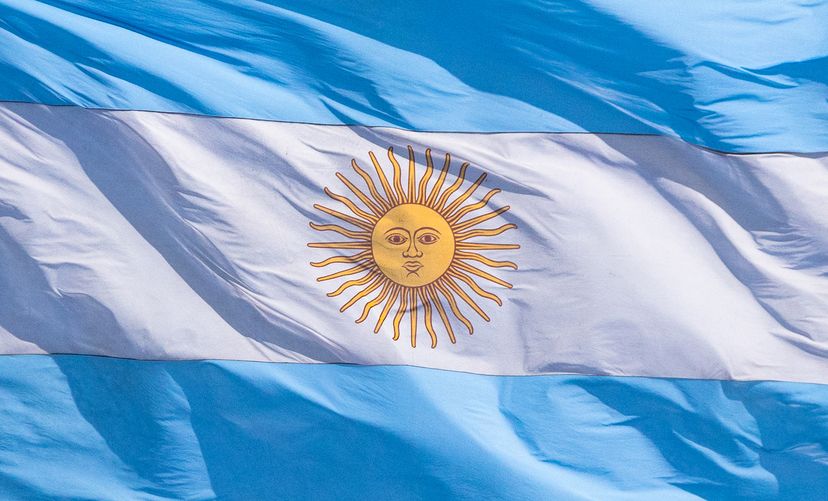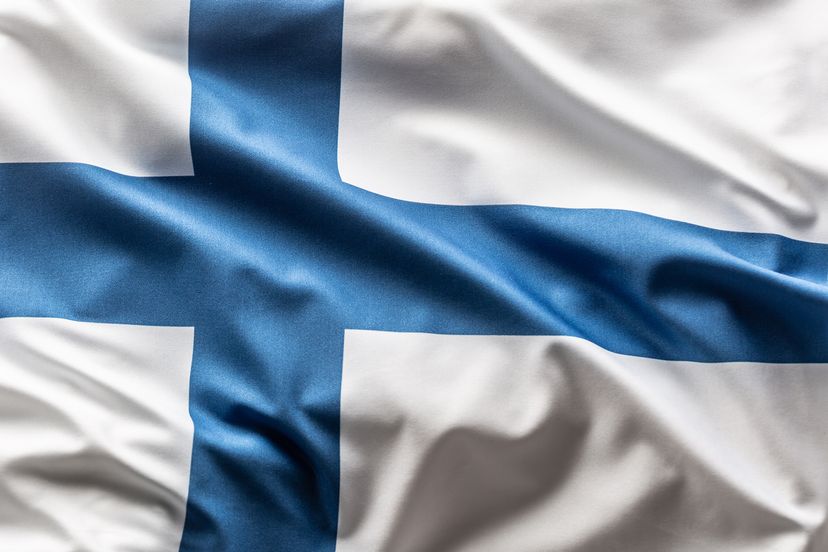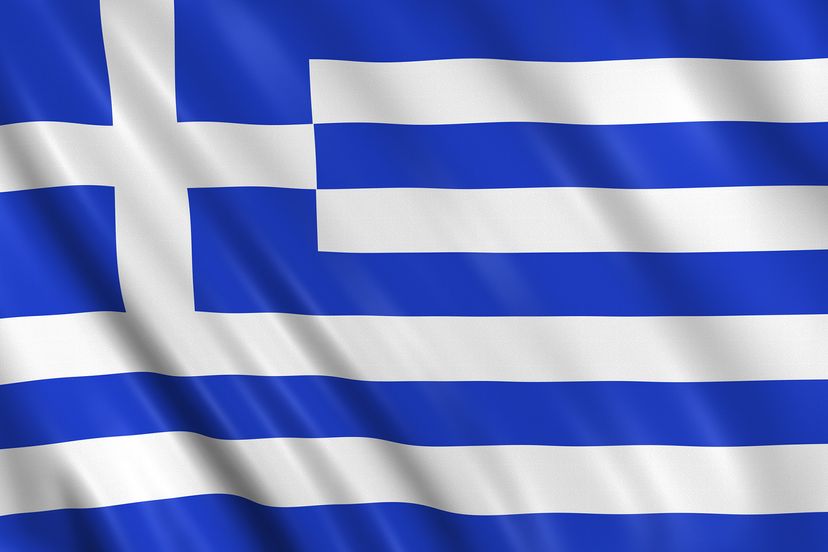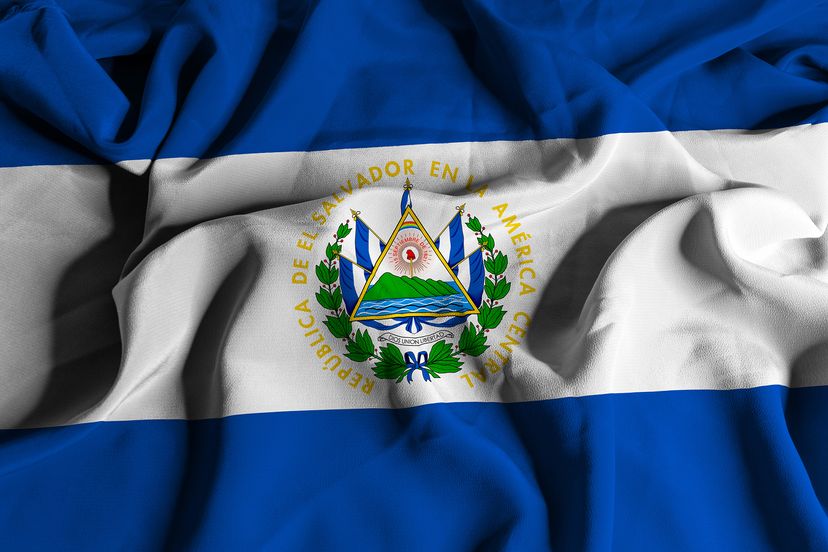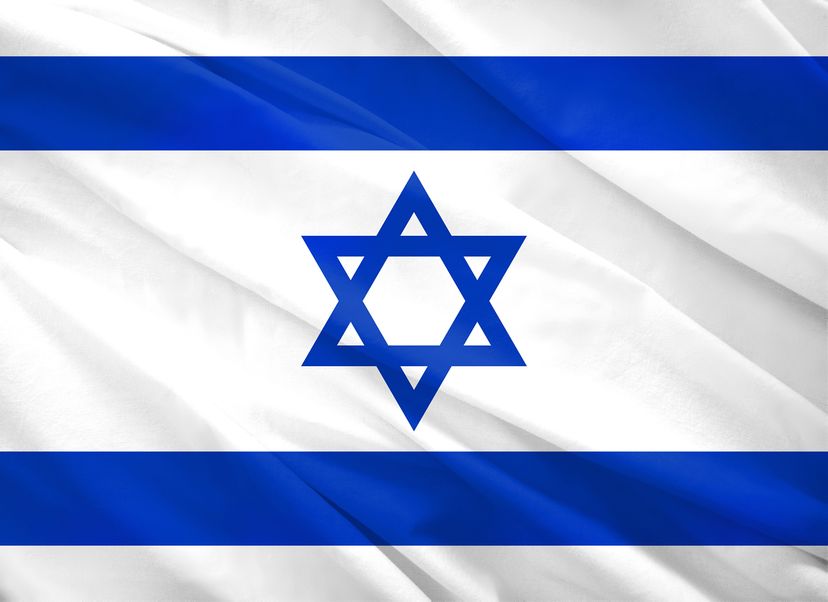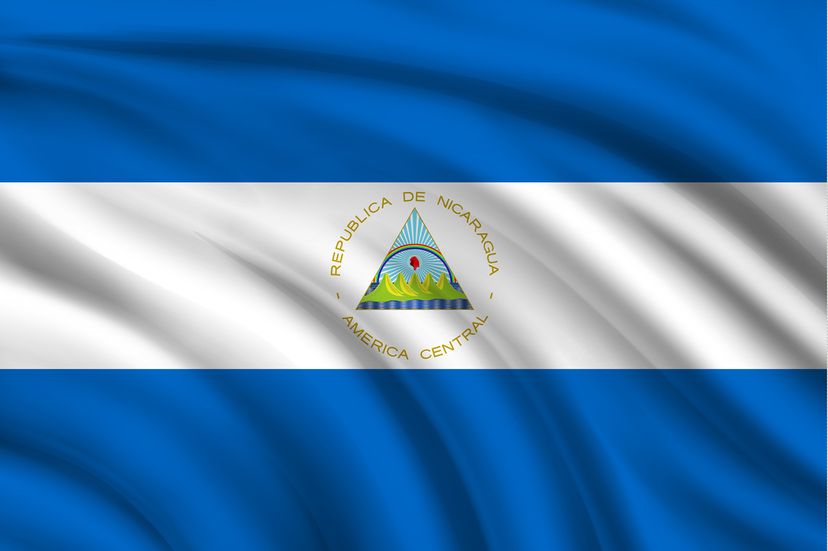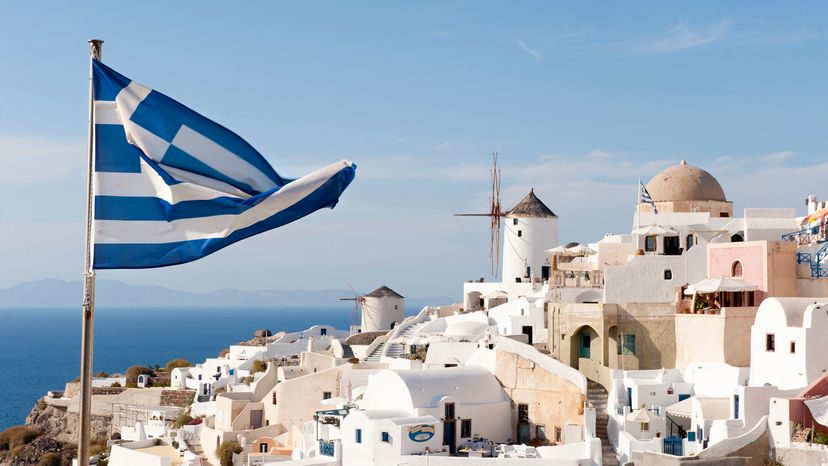
Flags are powerful symbols, representing the identity, history and values of nations. Among the most striking are those featuring an iconic blue and white flag design, a combination often associated with peace, freedom and unity.
Blue represents hope, unity and the sky in many nations. In Central America, it reflects the vast Pacific Ocean and the Caribbean Sea, while in Finland, it evokes the sea and its many lakes. In El Salvador, blue signifies freedom, equality and fraternity.
Advertisement
Whether representing natural elements or embodying values, these blue and white flags reflect the character and history of the countries they represent.
